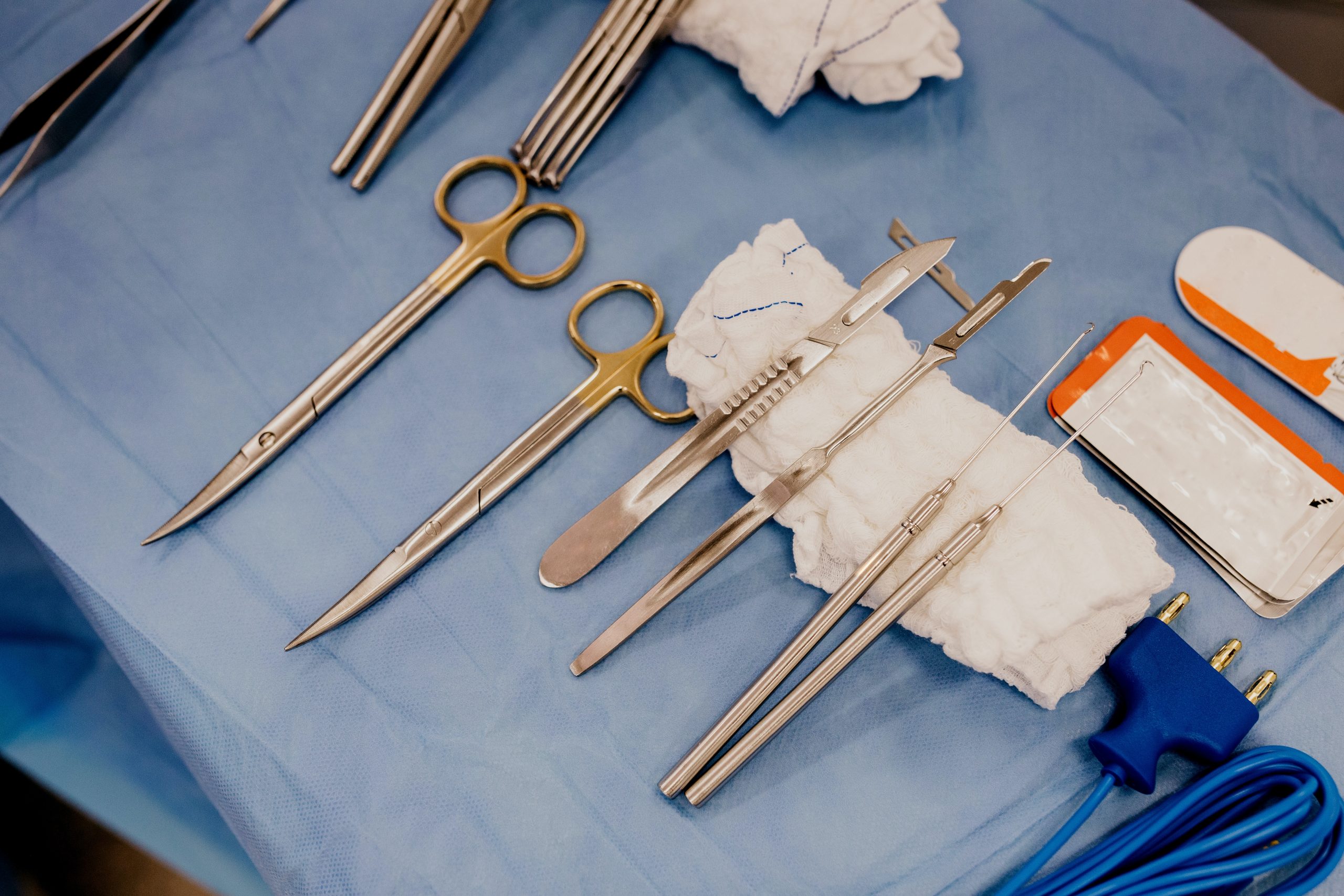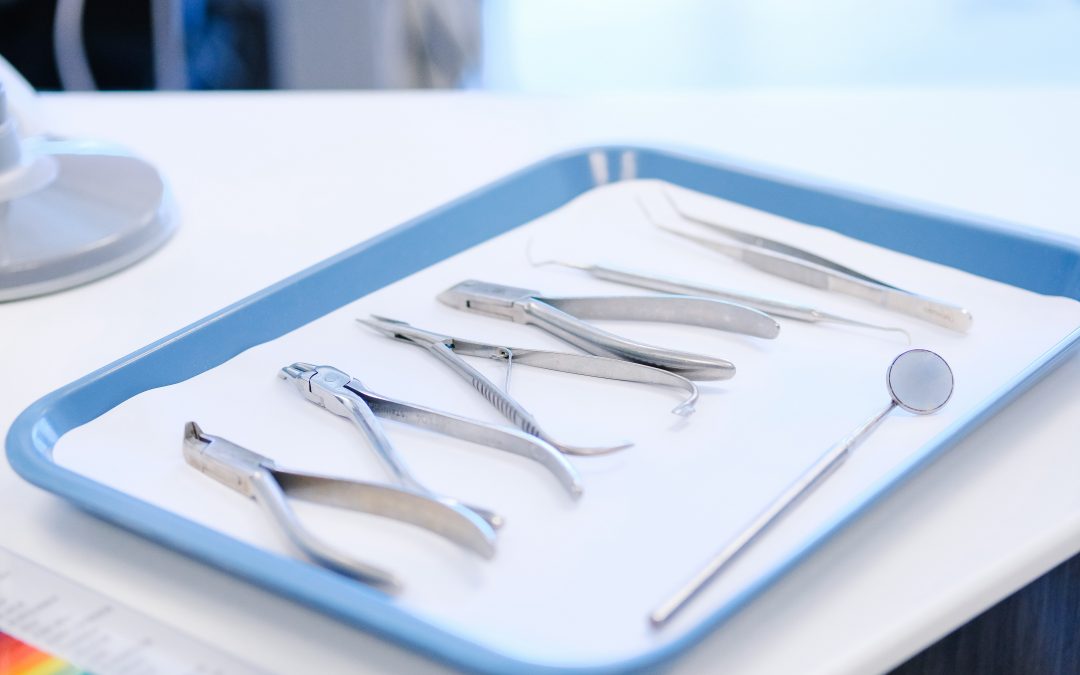
Table Of Contents:

Regulatory Background
First of all, the authority states it has established classifications for approximately 1,700 different generic types of devices and grouped them into 16 medical specialties referred to as panels; while each of these generic types of devices is assigned to one of three regulatory classes based on the level of control necessary to assure the safety and effectiveness of the device. As further explained by the authority, the three abovementioned classes are:
- Class I General Controls (with or without exemptions);
- Class II General Controls and Special Controls (with or without exemptions);
- Class III General Controls and Premarket Approval.
The proper determination of the applicable class of a medical device in question is important since it impacts the determination of the regulatory framework the device should be subject to. This will be especially important when applying for marketing approval. For instance, the products classified as Class I or II medical devices would require a 510 premarket notification submission (except the cases when they are falling within the scope of respective exemptions). Furthermore, the said exemptions could be subject to additional limitations set forth under the existing classification rules. For high-risk products classified as Class III medical devices, interested parties would have to submit premarket approval applications (PMA), which imposes additional requirements in terms of evidence to be provided when demonstrating compliance with the respective safety- and performance-related requirements.
As explained by the FDA, the classification of a medical device will greatly depend on its intended use and indications for use. These are the most important criteria to be taken into consideration when assessing the risks associated with a medical device and determining the class the device should be assigned to. This includes more specialized indications usually provided in the labeling of the device, and also reflected in other documentation accompanying it when supplied to potential users being lay persons and/or healthcare professionals. Here the document refers to the FDA guidance on the 510(k) program and evaluation of substantial equivalence for further guidance.
When determining the proper classification of the device the risks associated with its use would be the primary factor to be considered. Under the general rule, Class I applies to medical devices with the lowest risk, while Class III – the ones with the greatest risk.
The authority additionally emphasizes that irrespective of the applicable class, any and all medical devices are subject to general controls defined as the baseline requirements introduced under the Food, Drug and Cosmetic (FD&C) Act.
Determining the Classification
The document further provides additional clarifications regarding the approach to be applied when determining the classification of a medical device and the applicable regulatory framework. According to the guidance, in order to do this, one should find the appropriate regulation number which applies to the respective classification regulation. As explained by the authority, there are two ways to proceed with this task, namely:
- To go directly to the classification database and search for a part of the device name; or
- If the device panel (medical specialty) is already known – to go directly to the listing for that panel and identify the device and corresponding regulation.
According to the guidelines, keyword search with the product code classification database could be used as a starting point – in most cases, this database will identify the classification regulation in the CFR. Moreover, in order to make it easier to conduct a search, each classification panel in the CFR begins with a list of medical devices it covers. Under this system, each medical device will have a 7-digit number associated with it, so once it is determined, one should proceed with checking the respective regulation for further guidance. Apart from that, three-letter product codes could be used.
Knowing the applicable classification regulation, a party responsible for a medical device will be able to determine the requirements the product in question is subject to. At this stage, it will be also possible to check whether the device meets any of the existing exemption criteria. For instance, according to the guidance, approximately 74% of Class I medical devices are subject to exemption from the premarket notification process.
It is also important to mention that a party responsible for a medical device may also request a formal device determination or classification from the authority by submitting the appropriate request.
In summary, the present guidelines published by the FDA provide an overview of the classification of medical devices and describes the approach to be applied when making the appropriate determination. The document also explains the way medical device manufacturers and other parties involved may check the classification regulations to determine the ones that will be applicable.
Sources:
https://www.fda.gov/medical-devices/overview-device-regulation/classify-your-medical-device
How Can RegDesk Help?
RegDesk is a holistic Regulatory Information Management System that provides medical device and pharma companies with regulatory intelligence for over 120 markets worldwide. It can help you prepare and publish global applications, manage standards, run change assessments, and obtain real-time alerts on regulatory changes through a centralized platform. Our clients also have access to our network of over 4000 compliance experts worldwide to obtain verification on critical questions. Global expansion has never been this simple.

